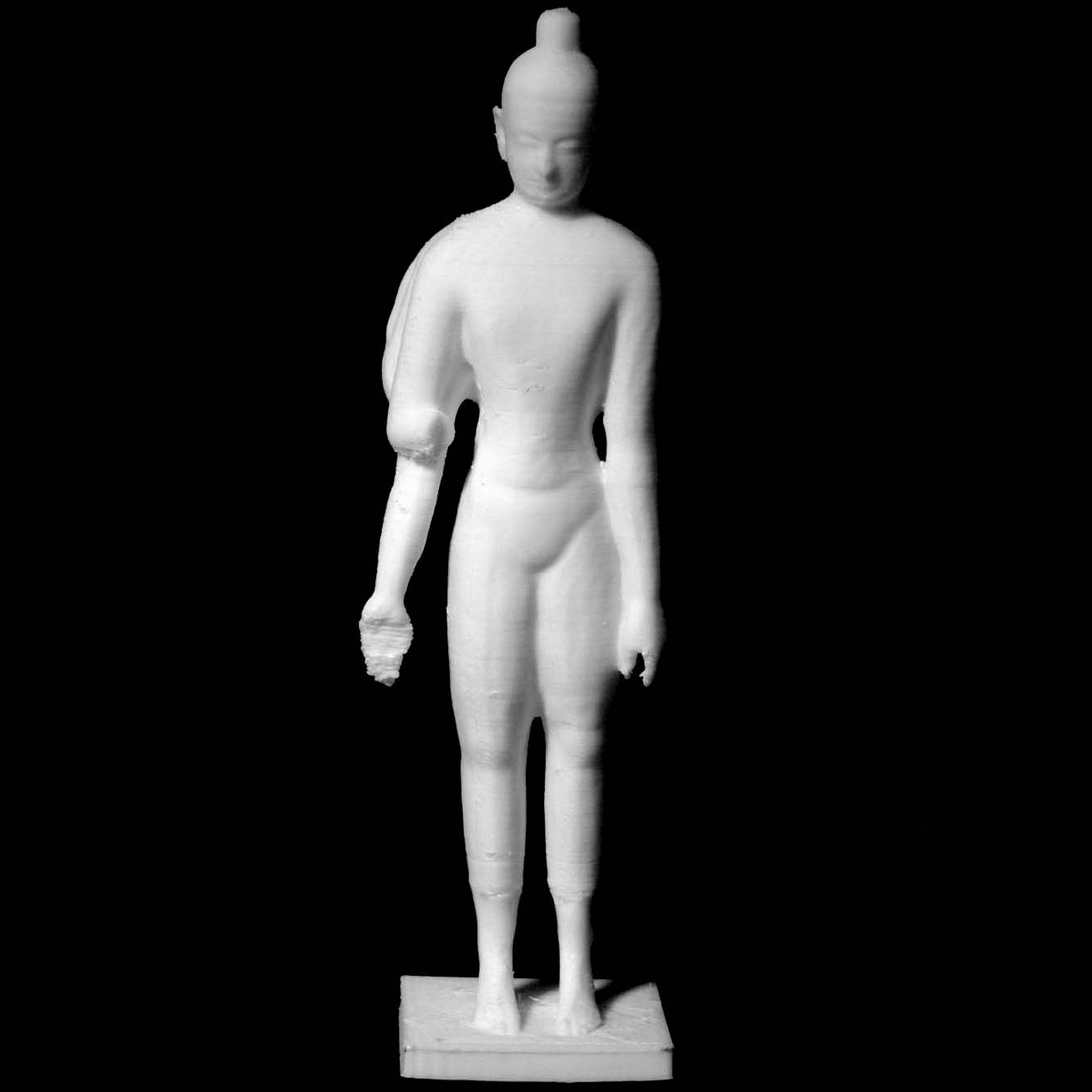
Hindu God at The Metropolitan Museum of Art, New York
myminifactory
One Supreme God is worshipped within Hinduism. The Supreme God is regarded as an entity that exists in and gives life to all things. He is believed to have created the universe and many other Gods or Devas, to be his helpers. Different aspects of the Supreme God are worshipped, depending on the Hindu tradition. The other Gods, helpers of the Supreme God, are also worshipped. Gods in Hinduism are highly advanced spiritual beings, often represented in humanoid or partially humanoid forms.In Vaishnavism, Narayanan (Vishnu) is the supreme God and it tells he produced Brahma and Shiva. In Indian history of religion Lord Shiva was worshipped in pre-historic time. The first concept of supreme being comes from Hinduism. Pre-historic India attests first supreme being as Shiva, which literally means “the supreme one”. Another manifestation of Shiva is Mahadeva, which literally means “Lord of all goodness”. Shiva is also known as Maheshvara, the great Lord, Mahadeva, the great God, Shambhu, Hara, Pinakadhrik, bearer of the axe and Mrityunjaya, conqueror of death. He is the spouse of Shakti, the goddess. He also is represented by Mahakala and Bhairava, the terrible, as well as many other forms including Rudra. All Hindus worship one Supreme Being, though by different names. This is because the people of India with different languages and cultures have understood one God in their own distinct ways. Regional and family traditions can play a large part in influencing this choice.Through history four principal Hindu denominations arose —Saivism, Shaktism, Vaishnavismand Smartism. For Saivites, God is Siva. For Shaktas, Goddess Shakti is supreme. For Vaishnavites, Lord Vishnu is God. For Smartas —who see all Deities as reflections of the One God— the choice of Deity is left to the devotee.Later on vedas were written in which the three manifestation of God was scripted as "Brahma,Maha Vishnu and Mahesh (Shiva). The Vedas ("knowledge") are a large body of texts originating in Ancient India. The texts are composed in Vedic Sanskrit and form the oldest layer of Sanskrit literature, and the oldest sacred texts of Hinduism. Most Hindus, in their daily devotional practices, worship some form of a personal aspect of God, although they believe in the more abstract concept of a Supreme God as well. They generally choose one concept of God, and cultivate devotion to that chosen form, while at the same time respecting the chosen ideals of other people. The many different names given to the Supreme God in Hinduism encourage a multiplicity of paths, as opposed to conformity to just one. The unique understanding in Hinduism is that God is not far away, living in a remote heaven, but is all-pervasive and energizes the entire universe. He is also inside each soul, waiting to be discovered. Knowing the one Supreme God in this intimate and experiential way is the goal of Hinduspirituality. (Credit; Wikipedia) This object is part of "Scan The World". Scan the World is a non-profit initiative introduced by MyMiniFactory, through which we are creating a digital archive of fully 3D printable sculptures, artworks and landmarks from across the globe for the public to access for free. Scan the World is an open source, community effort, if you have interesting items around you and would like to contribute, email stw@myminifactory.com to find out how you can help.Scanned : Photogrammetry (Processed using Agisoft PhotoScan)
With this file you will be able to print Hindu God at The Metropolitan Museum of Art, New York with your 3D printer. Click on the button and save the file on your computer to work, edit or customize your design. You can also find more 3D designs for printers on Hindu God at The Metropolitan Museum of Art, New York.
